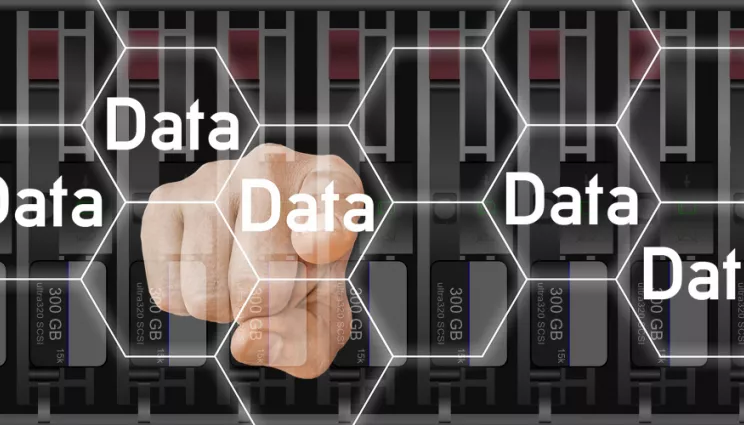From ideas to operation
We’ve talked about data migration with László Szabó, Commercial Director of EuroMACC

We’ve talked about data migration with László Szabó, Commercial Director of EuroMACC
We’ve talked about data migration with László Szabó, Commercial Director of EuroMACC
2021. október 25. hétfő, 11:56
EuroMACC Kft. has been one of the key players in the Hungarian software development market since 1996. Based on market needs, we initially specialized in the billing and customer management systems of telecommunications service providers, which put us in a market-leading position locally. We talked about data migration with László Szabó, Commercial Director of EuroMACC.
– Infotér: What is data migration and when is the “time”?
– László Szabó: Data migration is the movement of data between different software systems or system versions. In practice, this means transforming the data from the data structure of one system so that it can be used by the other system.
Data migration occurs when a business decides to introduce new software or upgrade to a new version of its existing software where data transfer is no longer easy. This may be the case, for example, if the data structure changes.
In many cases, the software developer or distributor may not have the necessary knowledge and experience to migrate data.
There are two types of data migration:
BigBang:
Here, all data is transferred to the new system in one step. The advantage is that there is no parallel system being used.
Multistage, iterative data migration:
Here, in a single step, only a specific set of data is transferred to the new system. The other data sets are continuously transferred according to defined plans. The advantage is that the time to use the new system can be significantly shortened.
– Infotér: What are the risk factors?
– László Szabó: In terms of effectiveness, the biggest danger is that data will be lost or misinterpreted, and that the new system will not work as expected. Consider, for example, a billing system where even if one account is missing or faulty, it can result in immediate loss of revenue, lengthy research, and customer service work.
In the event of such errors, the Customer Experience will be significantly compromised and the Customer will be dissatisfied.
Examining the data migration process, we may encounter the following problems:
– Infotér: How should the process work well?
– László Szabó: Data migration consists of the following steps:
Data mapping between 2 data structures
Here we determine which data from the source system (s) and in what format should be created in the target system (s). It is important which data we do not want to transfer to the new systems and which data should be created independently of the data in the source system during the initial data upload.
Iterations
Multiple iteration rounds must be performed, as the data in the source systems may contain errors and omissions that do not allow for a single migration round. Multiple round iterations can solve these problems. This will result in better and better results per round until we finally reach the data quality we want.
Creating migration scripts
Scripts can always be run in the same order and in the same steps. With this method we can ensure the quality of the process.
After iterations, data correction in either the source or destination system.
The iteration circuits have 2 outputs:
Consistency check reports
The reports show the difference between the source and target system data.
These reports define the KPIs and show the quality of the current iteration cycle and form the basis for further steps.
An exception list is also created that contains the expected deviations and excludes them from the comparison.
After reaching the set KPIs, a sharp data migration takes place, which will be the final data set in the target system.
– Infotér: What can a customer gain from going through a smooth migration process?
– László Szabó: A system or version change is always a painful procedure, one of the main elements of which is data migration. If everything goes in the right way – which, in my opinion – requires the help of experts in this area as well, the transition time can tbe much shorter, thus realizing the possibility of a shorter deadline. Another important result is the reduction of costs, as parallel system operation can be minimized or even avoided, and support for the old system can be stopped sooner.
-Said László Szabó.
– Infotér: How do you do it? What do they offer their customers?
– László Szabó: Our team specializing in data migration has existed since 1999. Our trained professionals have a great routine. We have completed nearly 50 major data migration projects. All of them have been closed successfully.
source: https://infoter.hu/cikk/az-otletektol-az-uzemeltetesig
2021.11.02.
Want to know more about our services or products? Our sales colleagues are at your disposal. Find them at any of the contacts below.

Norbert Antal
Sales Manager
Show contact information!
EuroMACC Kft.
Phone:
+36 1 88 99 100E-mail:
sales@euromacc.huAddress:
3/b Montevideo Street, Budapest, H-1037